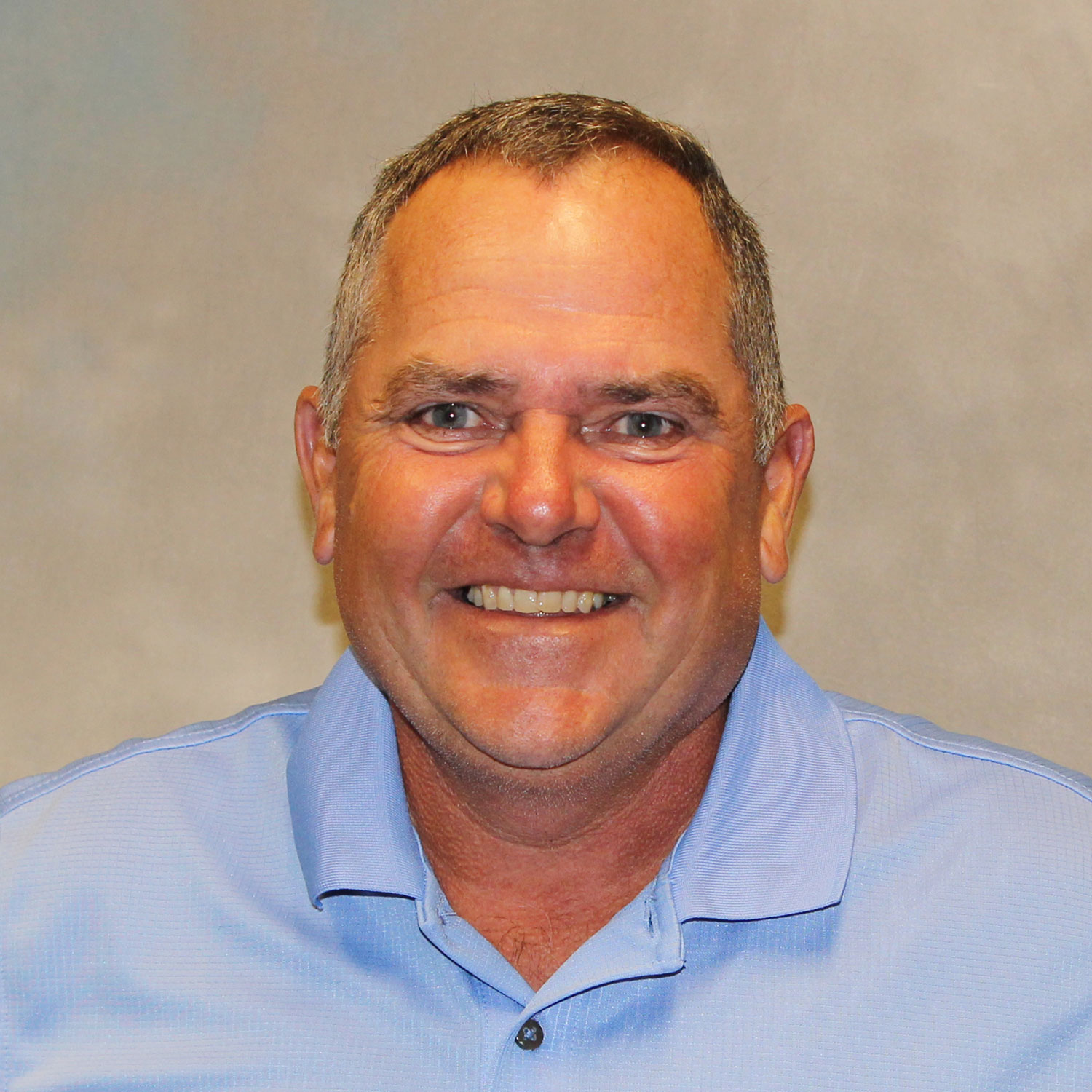The mission of Facilities Management is to provide an environment conducive to the academic processes of teaching and research for the day-to-day activities of faculty, staff, and students.
A Breath of Fresh Air
December 3, 2021

Steven Lyles, associate director for facilities maintenance
The US Centers for Disease Control and Prevention (CDC [Centers for Disease Control and Prevention] ) recommend taking a series of preventative measures to protect people from getting infected with the COVID-19 virus —starting with getting vaccinated. Other measures include getting tested for the virus, wearing a mask indoors and on public transit, frequent hand-washing, disinfecting high-contact surfaces and improving ventilation in indoor spaces. For buildings using HVAC [Heating Ventilation and Air Conditioning] systems, such as the facilities in The University of Texas at Dallas, high-efficiency filters can contribute to indoor air quality by trapping the airborne particles which carry the virus.
The American Society of Heating, Refrigerating and Air-Conditioning Engineers (ASHRAE [American Society of Heating, Refrigerating and Air-Conditioning Engineers] ), the CDC [Centers for Disease Control and Prevention] , the Environmental Protection Agency (EPA [Environmental Protection Agency] ) and the Department of Education all recommend using air filters with a Minimum Efficiency Reporting Value, or MERV [Minimum Efficiency Reporting Value] , of 13 for HVAC [Heating Ventilation and Air Conditioning] systems in classroom settings. While the COVID-19 virus itself is about 100 nanometers (nm) or 0.1 micrometer (µm) in size, respiratory droplets and most other particles that can carry the virus in the air are at least 1µm across. A MERV 13 filter is at least 85% efficient at capturing particles in the 1µm to 3µm size range.
The air filters in most US home HVAC [Heating Ventilation and Air Conditioning] systems rate anywhere from MERV [Minimum Efficiency Reporting Value] 3-8; a MERV 8 filter is about 20% efficient at capturing 1µm-3µm size particles. Operating rooms and laboratory clean rooms often have filters rated MERV 16-20. HEPA [High-Efficiency Particulate Absorbing] filters usually rate MERV 17-20. Before the pandemic came to Texas, all of the newest UT Dallas buildings already had filters rated from MERV 13-16, as did several of the older buildings whose HVAC systems had been upgraded since their original construction.
When the pandemic hit, all of UTD’s portable buildings and a few older buildings still had HVAC [Heating Ventilation and Air Conditioning] systems rated at MERV [Minimum Efficiency Reporting Value] 8. These included the Erik Jonsson Academic Center, Cecil H. Green Hall, the Eugene McDermott Library and Karl Hoblitzelle Hall. In the middle of all their other efforts to help keep the University safe —from aggressive cleaning to procuring enough sanitizer for everyone on campus— Facilities Management worked to improve the air quality in these remaining buildings. Steven Lyles, associate director for facilities maintenance, found a vendor who could convert the portable buildings’ HVAC systems to MERV 13 rated filtering; but Jonsson, Green, McDermott and Hoblitzelle were a bigger challenge. The air handlers on these older buildings simply couldn’t accept the new larger filters and had to have their rack systems completely rebuilt before they could accept the MERV 13 filters.
At this point, 98% of the 269 classrooms in The University of Texas at Dallas are served by HVAC [Heating Ventilation and Air Conditioning] systems with air filters rated at MERV [Minimum Efficiency Reporting Value] 13 or better, and the remaining 2% use a MERV 8 filter combined with a pre-filter plus HEPA [High-Efficiency Particulate Absorbing] air purifiers inside the rooms themselves. So long as they follow all of the CDC [Centers for Disease Control and Prevention] ’s other recommendations, Comets should be able to breathe easy while on campus.
